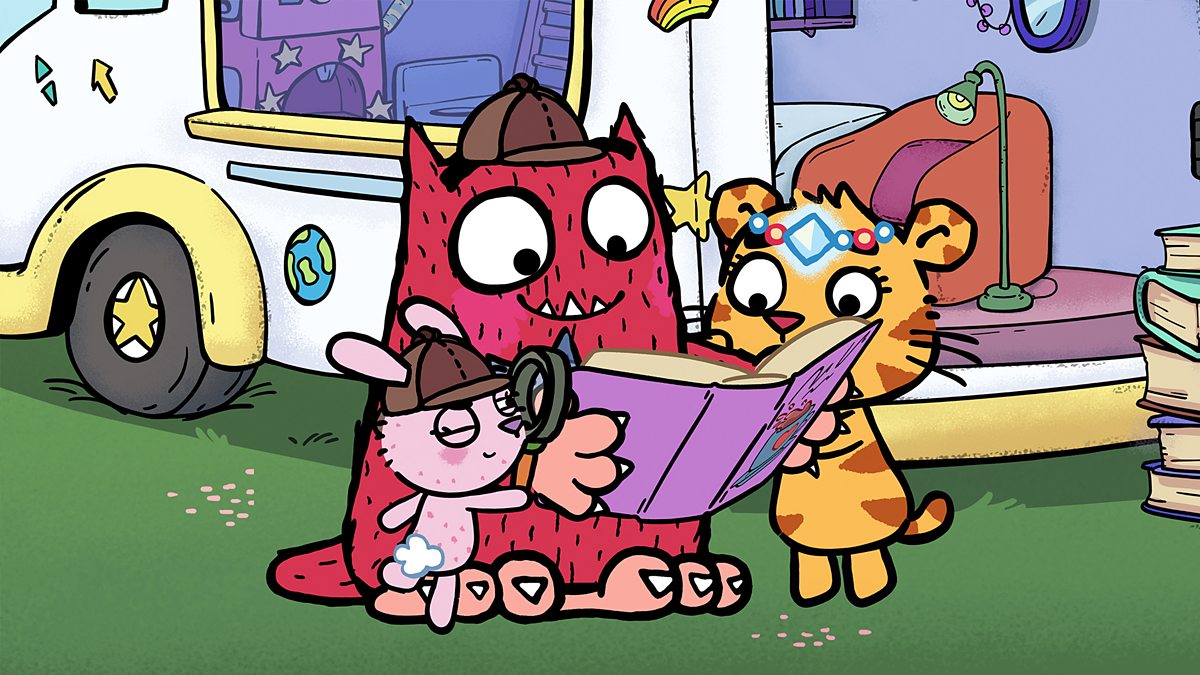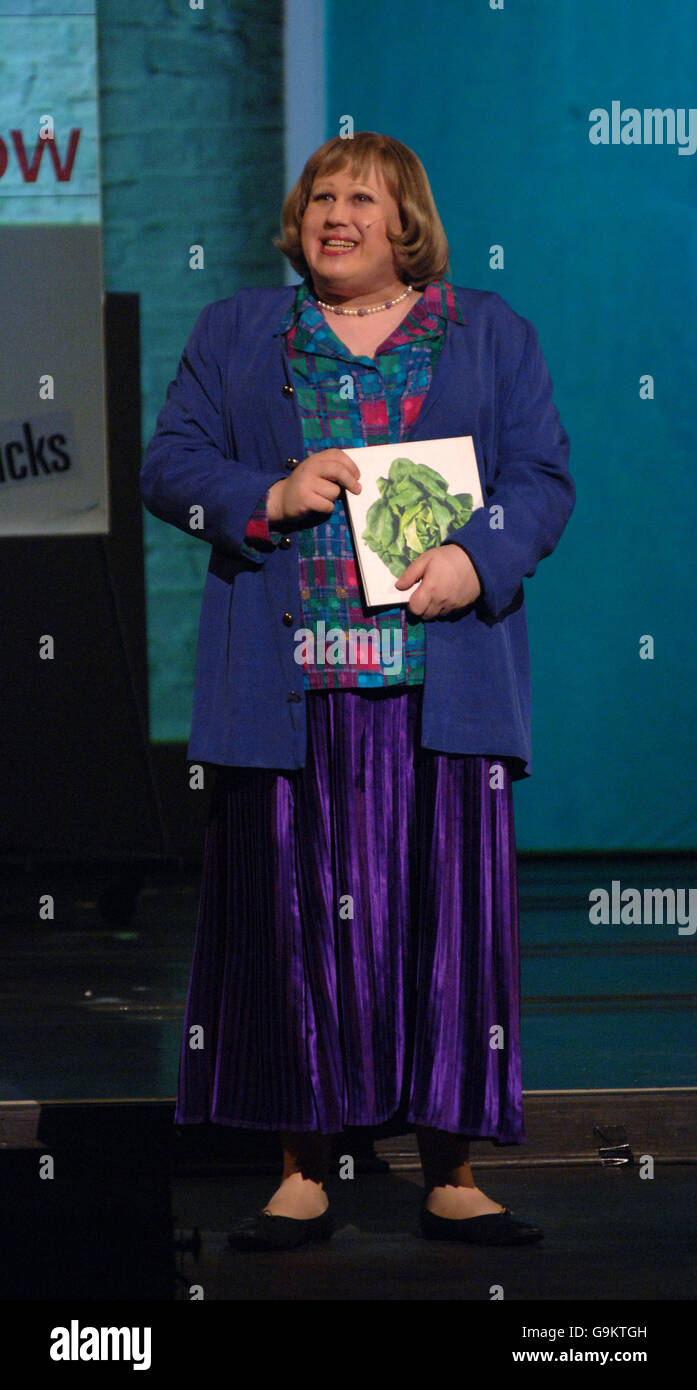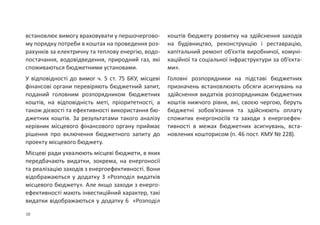Is The Love Monster Right For Your Child? A Parent's Guide

Table of Contents
"The Love Monster" isn't just a children's book; it's a gentle introduction to emotional intelligence, designed to help children understand and manage their feelings. This article aims to help you determine if this heartwarming story about emotional intelligence is the right fit for your child.
Understanding the Love Monster's Approach to Emotional Learning
"The Love Monster" employs a unique approach to emotional learning, focusing on acceptance and management of emotions rather than suppression. Instead of telling children to simply "stop crying" or "don't be angry," the book encourages them to acknowledge and understand their feelings.
The Love Monster itself is a wonderfully quirky character – fluffy, purple, and initially quite scary-looking. However, through the story, the monster's personality evolves to demonstrate the importance of embracing all emotions, both positive and negative. The book uses the monster's experiences to show children that feeling scared, angry, or sad is perfectly okay. It emphasizes that these feelings are temporary and manageable.
Key techniques used throughout the story include:
-
Naming emotions: The book uses simple language to help children identify different feelings.
-
Visualizing feelings: The Love Monster's appearance and actions help children visualize the different emotions.
-
Healthy coping mechanisms: The story suggests various ways to calm down and manage challenging emotions.
-
Emphasizes positive self-talk: The book subtly promotes self-acceptance and positive self-perception.
-
Provides strategies for calming down: Simple techniques like taking deep breaths and finding a quiet space are introduced.
-
Promotes self-compassion: The story encourages children to be kind to themselves and their feelings.
Age Appropriateness and Developmental Stages
"The Love Monster" is generally considered suitable for children aged 3-7. Its simple language and engaging illustrations make it accessible to preschoolers, while the underlying message about emotional regulation remains relevant to older children in early elementary school.
However, its applicability varies depending on developmental stage:
-
Preschool (3-5 years): Parents may need to read the book multiple times and engage in discussions to help young children understand the concepts.
-
Early Elementary (5-7 years): Children in this age group can often grasp the book's message more independently and engage in related discussions more effectively.
-
Older children: While not explicitly targeted at older children, "The Love Monster" can still be beneficial for children struggling with emotional regulation, even those slightly outside the recommended age range. It provides a gentle and approachable introduction to emotional literacy.
-
Suitable for children aged 3-7 (approximately).
-
Adaptable for slightly older children struggling with emotional regulation.
-
May require parental guidance for younger children.
Benefits of Using "The Love Monster" for Emotional Development
"The Love Monster" offers numerous benefits for children's emotional development. It significantly improves emotional literacy by:
- Helping children identify and label their feelings, expanding their emotional vocabulary.
- Teaching healthy and effective ways to manage difficult emotions, reducing the frequency and intensity of emotional outbursts.
- Encouraging open communication about feelings, fostering a trusting relationship between the child and caregiver.
- Promoting a positive self-image, building self-esteem and confidence.
Beyond emotional literacy, the book fosters empathy and understanding. By seeing the Love Monster work through his own emotions, children learn that it's okay to feel a range of emotions, and that others experience similar feelings. This can improve their ability to connect with and understand others. Furthermore, the calming techniques introduced in the book can potentially reduce anxiety and improve sleep quality.
Potential Drawbacks and Considerations
While "The Love Monster" offers many benefits, it's essential to acknowledge potential limitations:
-
Not universally suitable: The book's approach may not resonate with all children. Some children might find the Love Monster's initial appearance frightening.
-
Limited scope: The book primarily addresses common childhood emotions but may not offer sufficient support for children experiencing significant emotional challenges or those with diagnosed mental health conditions.
-
Requires additional support: "The Love Monster" acts as a springboard for discussion and emotional development, not a standalone solution. Parents need to complement the book with other strategies and interventions as needed.
-
May not be suitable for all children.
-
Might require supplemental support for children with significant emotional challenges.
-
It's important to complement the book with other strategies.
If you have concerns about your child's emotional well-being, consider seeking professional guidance from a child psychologist or therapist. They can provide tailored support and address specific needs that go beyond the scope of this children's book.
Activities to Complement "The Love Monster"
To reinforce the book's message and create a supportive environment for emotional growth, consider incorporating these activities:
-
Role-playing scenarios: Act out situations from the book or create new ones where you and your child explore different emotions and coping mechanisms.
-
Creating a feelings chart: Make a visual chart with pictures or drawings representing different emotions. This can help children learn to identify and label their feelings.
-
Using calming techniques: Practice deep breathing exercises, mindfulness activities, or other relaxation techniques mentioned in the book.
-
Role-playing scenarios.
-
Creating a feelings chart.
-
Using calming techniques (deep breaths, mindfulness).
Conclusion: Making the Right Choice for Your Child
"The Love Monster" offers a valuable and engaging approach to fostering emotional intelligence in young children. Its benefits include improved emotional literacy, increased empathy, and the introduction of healthy coping mechanisms. However, it's crucial to remember that it is not a panacea, and additional support might be necessary for children with significant emotional challenges. Age appropriateness should also be considered, with parental guidance potentially needed for younger children. By supplementing the book with engaging activities and discussions, parents can maximize its impact on their child’s emotional development.
Consider "The Love Monster" as a valuable tool in your child's emotional journey. See if this heartwarming story about emotional intelligence can help your little one learn to navigate their feelings effectively! Remember to consider your child's individual needs and emotional maturity when deciding if this book is the right fit for your family. Improving your child's emotional literacy and managing children's emotions effectively are key to their healthy development.

Featured Posts
-
 Duong Cao Toc Dong Nai Vung Tau Chuan Bi Thong Xe Thang 9
May 22, 2025
Duong Cao Toc Dong Nai Vung Tau Chuan Bi Thong Xe Thang 9
May 22, 2025 -
 Is A Little Britain Revival Happening Matt Lucas Weighs In
May 22, 2025
Is A Little Britain Revival Happening Matt Lucas Weighs In
May 22, 2025 -
 Investigation Into The Red Lights Observed In France
May 22, 2025
Investigation Into The Red Lights Observed In France
May 22, 2025 -
 Remont Pivdennogo Mostu Pidryadniki Byudzheti Ta Khronologiya Proektu
May 22, 2025
Remont Pivdennogo Mostu Pidryadniki Byudzheti Ta Khronologiya Proektu
May 22, 2025 -
 The Key To The Bruins Future Espns Offseason Breakdown
May 22, 2025
The Key To The Bruins Future Espns Offseason Breakdown
May 22, 2025
